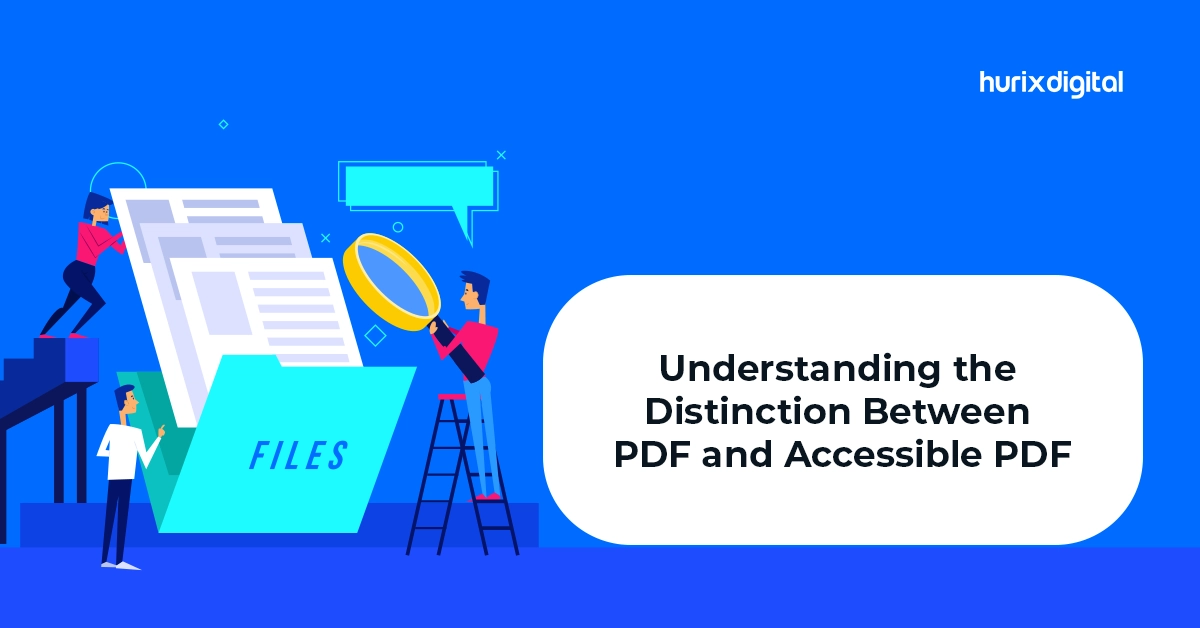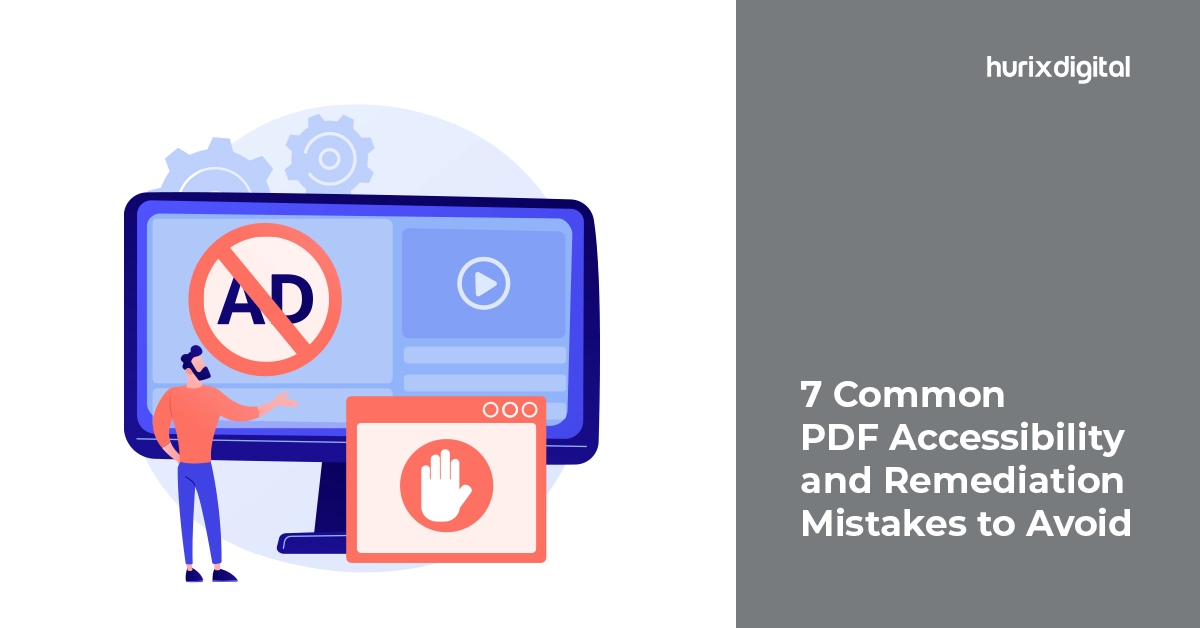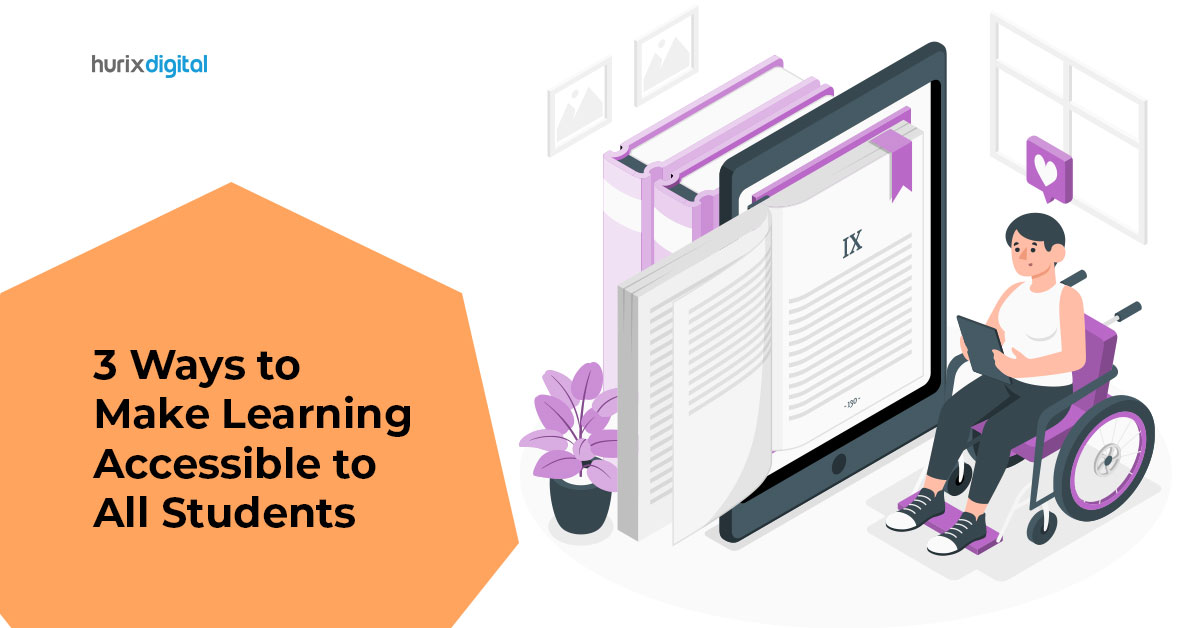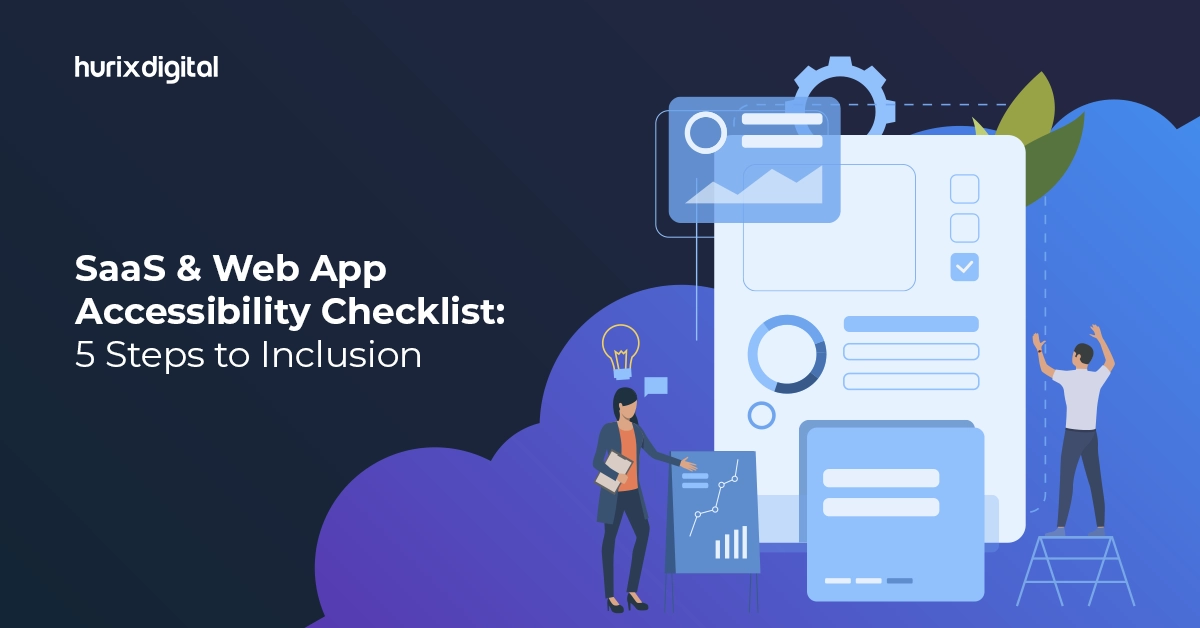
Understanding the Distinction Between PDF and Accessible PDF
Summary
This post explains the difference between standard PDFs and accessible PDFs. Learn why accessibility matters and how to create documents that everyone can use.
Prominent organizations, corporations, and even the typical person you pass on the sidewalk make use of PDFs daily. PDFs are widely used, and for good reason—they work with the majority of programs and are generally the best option for online data sharing. There are currently more than 2.5 trillion PDF documents in the world.
However, common PDFs frequently appear to be restricted to those with disabilities. Even though they have many benefits, people with disabilities may find it difficult to open and operate PDFs if they are not accessible.
An accessible PDF file is fundamentally different from an inaccessible one in terms that it can be seen, used, and shared with all users, including those with disabilities. A PDF must adhere to several PDF accessibility standards to be considered accessible.
This blog outlines the various intricacies of PDF vs. Accessible PDF, the benefits of an accessible PDF, and how to create one. Let’s dive in!
Table of Contents:
- PDF vs. Accessible PDF
- Creating Accessible PDFs
- Benefits of Creating Accessible PDFs
- PDF Accessibility Best Practices
- Takeaway
PDF vs. Accessible PDF
Accessible PDFs are more inclusive than regular PDFs and offer people with disabilities an improved user interface. The main variations of PDF vs. Accessible PDF are as follows:
- Organization: With their appropriate use of headings, sections, and databases, accessible PDFs make it easier for screen readers to comprehend how the text flows. Ordinary PDFs don’t have this framework.
- Textual Ease of Use: With methods like text recognition and alternative text for photos, accessible PDFs guarantee the content is readable. Standard PDFs could contain scanned files or static pictures.
- Navigation: For simple navigation, accessible PDFs come with bookmarks, an overview of contents, and informative hyperlinks. On the other hand, screen readers may have trouble navigating regular PDFs.
- Hue and Colour Contrast: Accessible PDFs prioritize color contrast and offer substitutes to obtain color-coded data. Standard PDFs might just use color or have little contrast.
- Interactive Components and Formats: Interactive elements and form fields with appropriate labeling can be found in accessible PDFs. Standard PDFs frequently have incorrect labeling.
- Language Specifications and Metadata: PDFs that are accessible contain precise metadata that indicates the language of the document. Regular PDFs may lack the same in many instances.
Also Read: PDF Accessibility Remediation: Best Practices for Accessible Documents
Creating Accessible PDFs
Creating accessible PDFs or resolving accessibility issues in already-existing PDF files can be difficult and highly unpredictable.
Usually, an original document like an Adobe InDesign, Microsoft Word, or Microsoft PowerPoint file is used to generate a PDF, which is then exported into that format. On the other hand, many PDF files are just text images produced by scanning hard copies. Sadly, PDFs based on images cannot be accessed at all without first being converted into text employing optical character recognition (OCR) software.
2 Steps to Convert a Source File into an Accessible PDF
Two steps need to be considered to convert a source file into an accessible PDF.
- The first thing to do is to create the document in the original software, making sure that all accessibility guidelines are adhered to.
- Second, the accessibility characteristics of the original file must be preserved during the export to PDF process. The generated PDF won’t be available if either step is skipped.
What Does an Accessible PDF Contain?
The Web Content PDF Accessibility Guidelines have recommendations on how to make certain your documents are accessible to all users. The following is a partial list of the items that PDFs must include to be accessible:
- Tags for document layout
- Interface aides (headings, links, etc.)
- Substitute textual descriptions
- Significant title tags
- Indicia of the document language
- Additionally, other features as per the requirement
Benefits of Creating Accessible PDFs
Here are some key benefits of opting for an accessible PDF for businesses:
1. Promoting Diversity and Inclusiveness
PDF accessibility compliance guarantees that people with disabilities—like vision impairments or motor disabilities—can access and comprehend the information. It encourages equality of access to knowledge and diversity.
All things considered, accessible PDFs benefit everyone, not just those with disabilities. This includes executives handling legal paperwork and business plans as well as salespeople who deal with clients daily.
2. Required Legal Compliance
Making digital content, such as PDFs, accessible to individuals with disabilities is mandated by law in many nations, including the ADA (Americans with Disabilities Act) and the European Accessibility Act under the Web Accessibility Directive. Not succeeding in doing so could result in expensive litigation, hefty fines, and the loss of significant revenue prospects.
3. Increase Market Revenue Possibilities
Opting for accessible PDFs prevents your business from missing out on the sizable market of prospects who have cognitive impairments or poor vision. Making sure you’re digitally accessible will assist you network with new customers and establishing a unique position for yourself in the market.
A wider range of users, including those with handheld gadgets and those who depend on assistive equipment like screen readers or text-to-speech software, can benefit from accessible PDFs.
4. Enhanced Visibility and SEO
Incorporating qualitative metadata, such as alt text for images and appropriate headings, is a common step for developing accessible PDFs. Inaccessible PDFs can’t be comprehended by the crawling bots.
Therefore, having an accessible PDF on your site aids search engines in learning more about it, which can enhance your online presence exposure to search engine results and naturally boost SEO. Users can discover your content quickly in this manner.
5. Strengthens Your Brand Image
Make accessibility a top priority in establishing a significant brand image for your business. If you are not equipped to handle it internally, you can also take advantage of various PDF accessibility tools and services.
Since people with assistive technologies can easily access your content, this shows a dedication to inclusivity and ethical behavior and can improve the general impression of your brand.
PDF Accessibility Best Practices
The following are some best practices for making PDFs accessible
- Ensure that your PDF document’s information is presented in an organized manner for reading. A well-structured document can be produced with the help of headings, listings, and suitable formatting.
- Verify that the hyperlink text is informative and well-written. Steer clear of ambiguous terms like “click here” and give the endpoint of the link some context.
- Offer detailed alt tags for pictures, charts, and graphical representations so that screen readers can interpret the data for those with visual impairments. Alt text sets the setting for non-text elements.
- Make sure that sections, lists, headings, and tables have the proper tags. Screen readers can better grasp the document framework with the aid of tags.
- Refrain from conveying facts with a single color and select easily readable fonts. Use various colors to give both the background and the text equilibrium.
Also Read: Equalsense: Your Partner for AI-Powered Web Accessibility Solutions
Takeaway
Understanding the distinction between PDF vs. Accessible PDF is crucial to preventing legal action and heavy penalties, assisting companies in expanding their customer base and moving one step towards turning into inclusive enterprises.
Expert PDF accessibility firms handle all aspects of PDF remediation techniques, such as tag addition, color-contrast compliance, bookmark and hyperlinking, file size optimization, and more. They have knowledgeable professionals with strong workflows and automated labeling tools to fix PDFs and render them accessible.
If you are looking for a PDF accessibility checker or remediation solutions, get in touch with Hurix Digital. Our team of seasoned accessibility specialists makes sure your PDF documents are completely accessible by using the most recent accessibility standards and guidelines. Contact us to revolutionize your content and ensure accessibility today!

Vice President – Digital Content Transformation. He is PMP, CSM, and CPACC certified and has 20+ years of experience in Project Management, Delivery Management, and managing the Offshore Development Centre (ODC).







